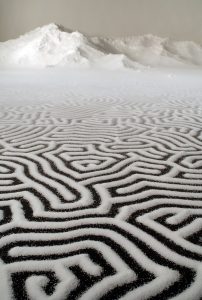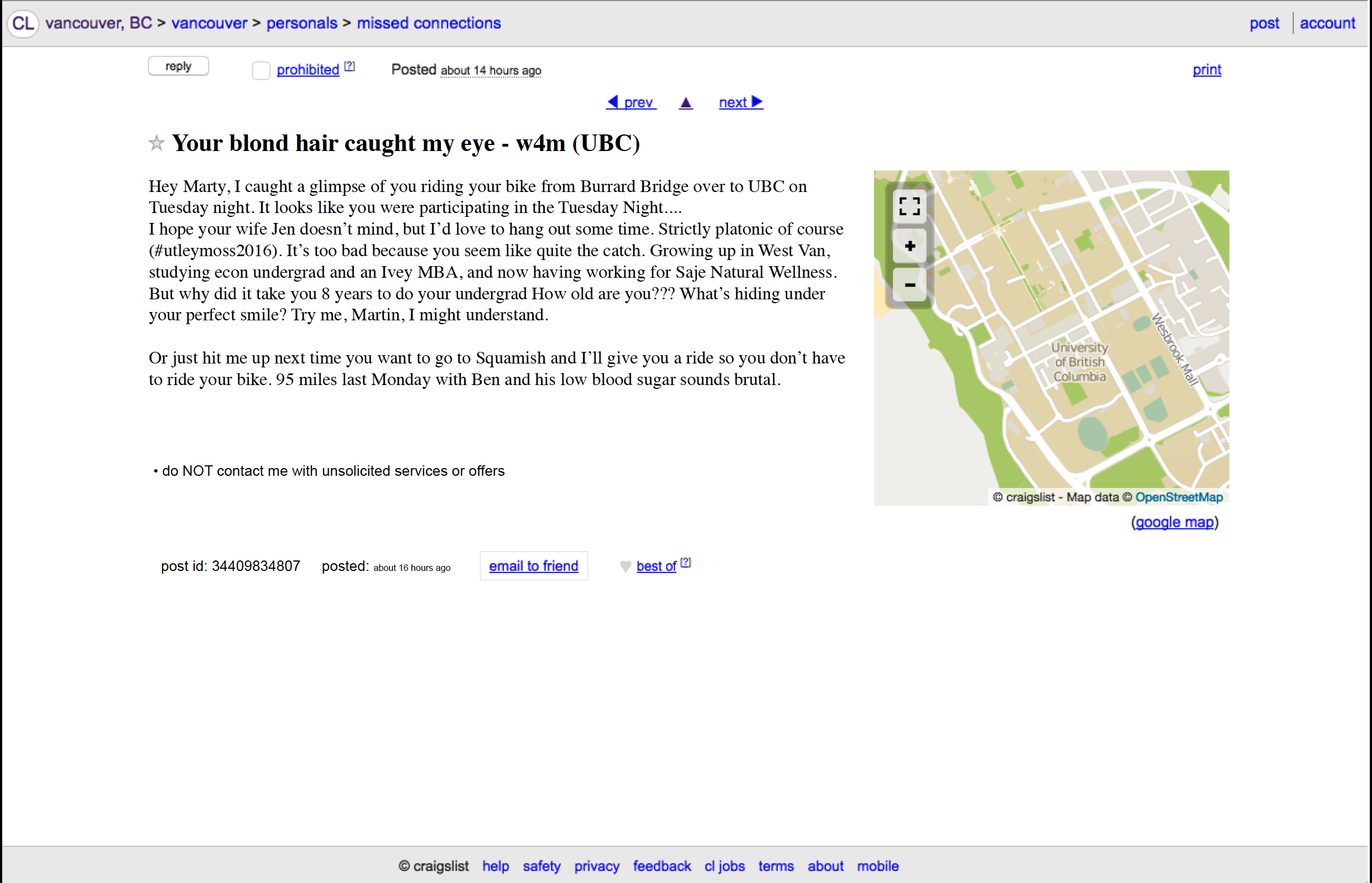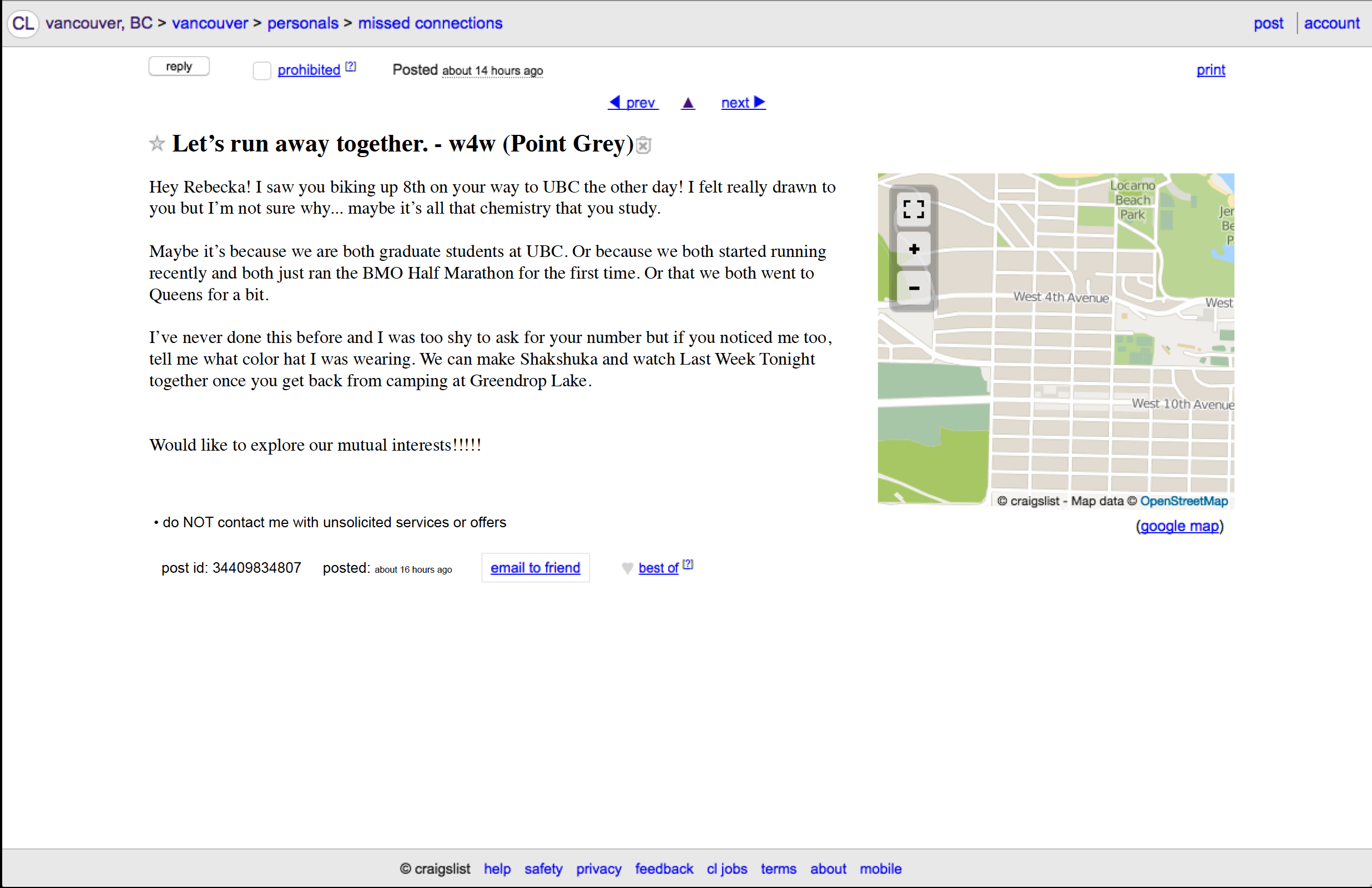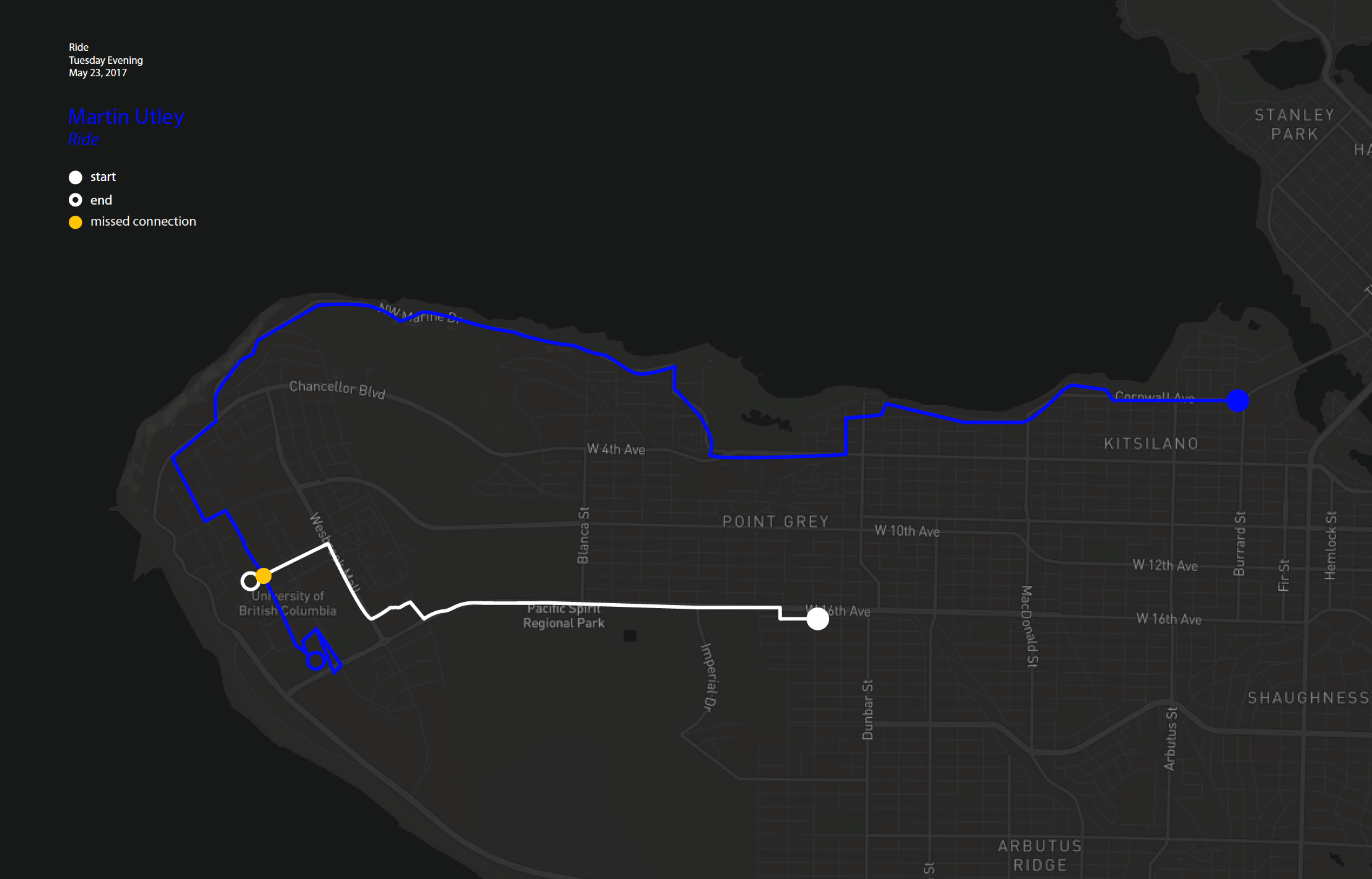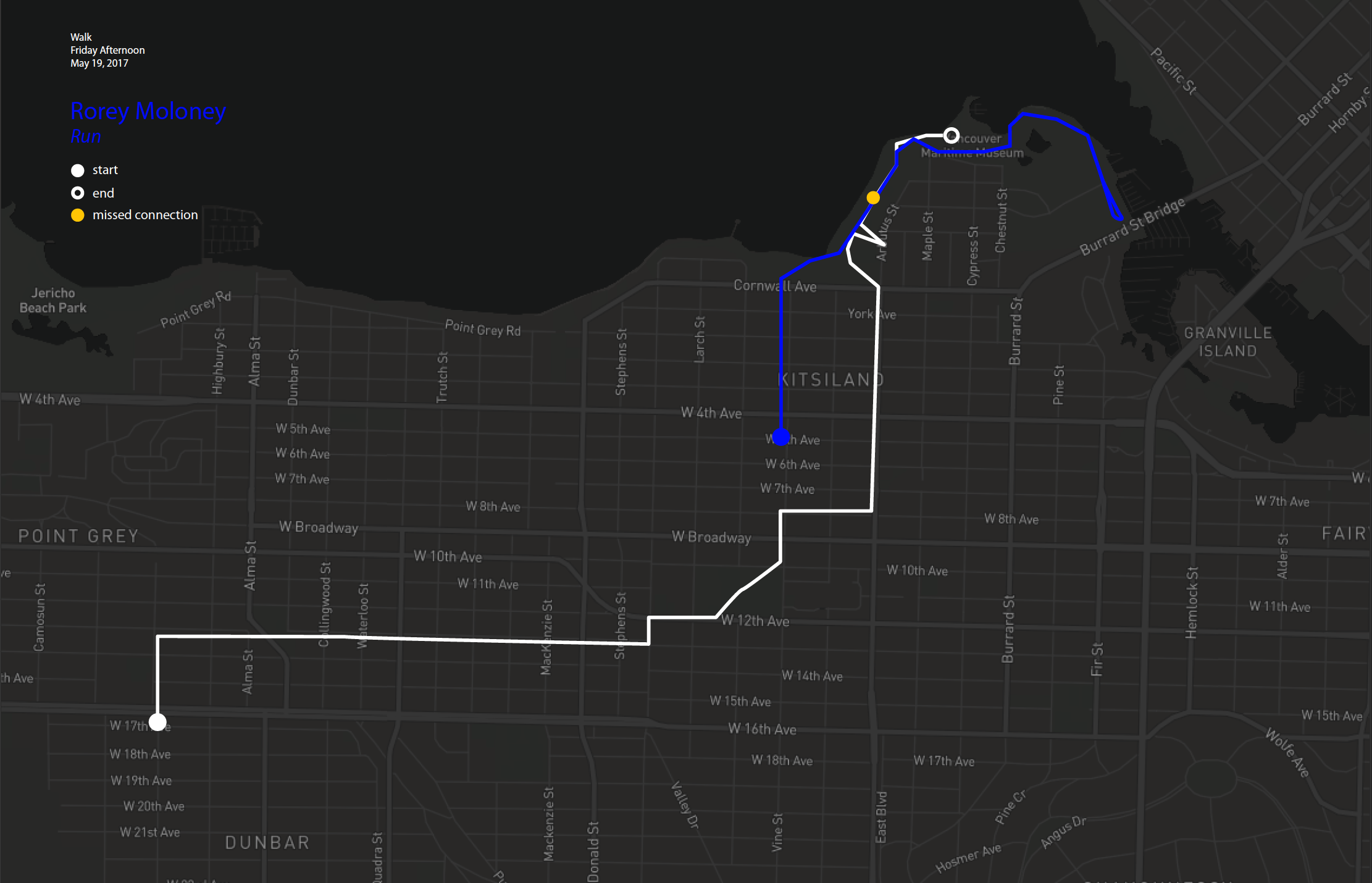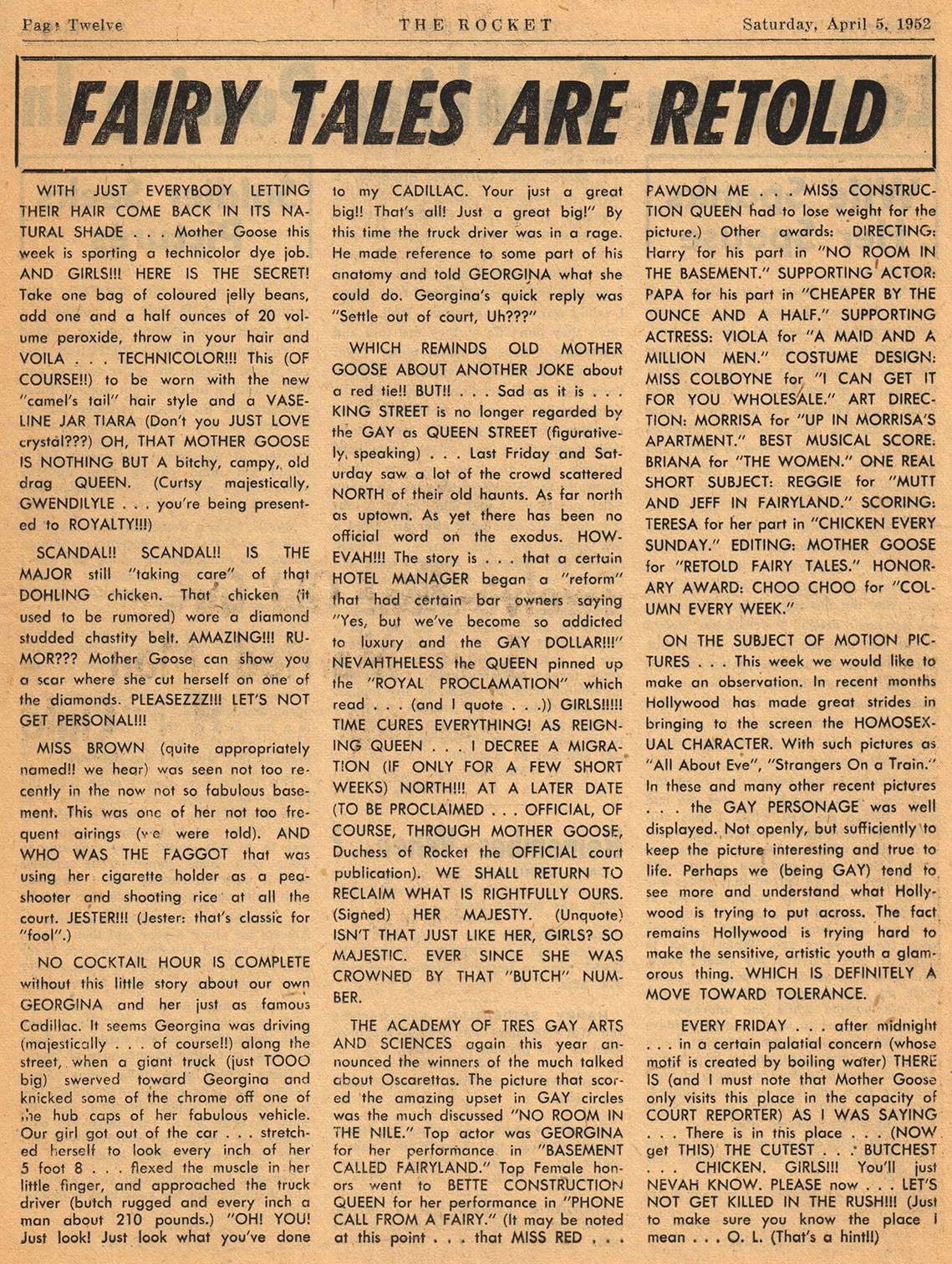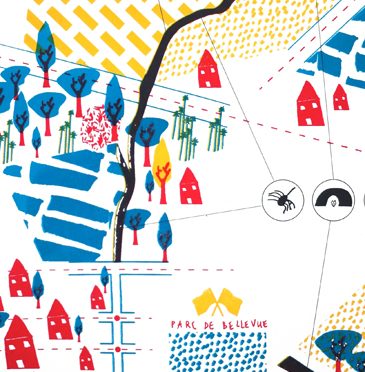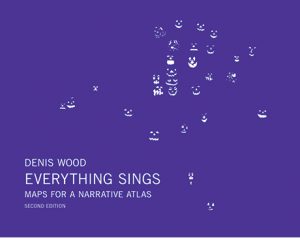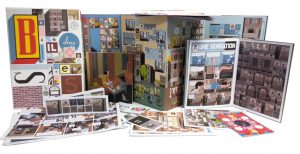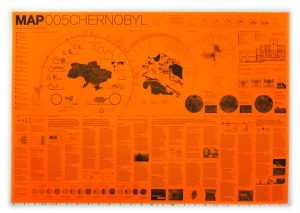
By: MAP at David Garcia Studios, 2012
Check out the website: http://davidgarciastudiomap.blogspot.ca for more maps by MAP (Manual of Architectural Possibilities). They released a variety of series, this one in particular was done in commemorating the disaster of Chernobyl, there are others on Floods, Quarantine, Antarctica et cetera. Each series is made as a pamphlet that displays infographics on varying issues on a given theme as well as a historical briefing.
If you find this type of representation interesting I would also recommend checking out the Toronto based firm Lateral Office at http://www.lateraloffice.com, their project Making Camp also uses the pamphlet as a representational style in nostalgia for local hiker and camping pamphlets that are traditionally used. Specifically you can find it here http://www.lateraloffice.com/MAKING-CAMP-2015.
 Follow
Follow